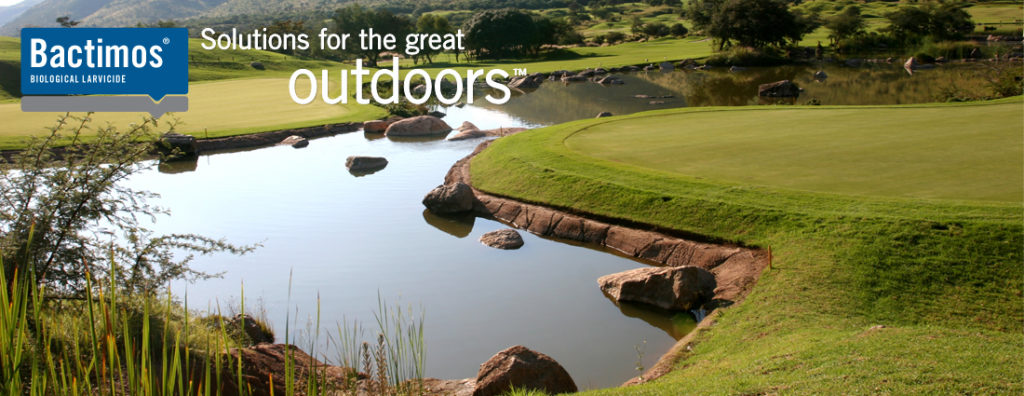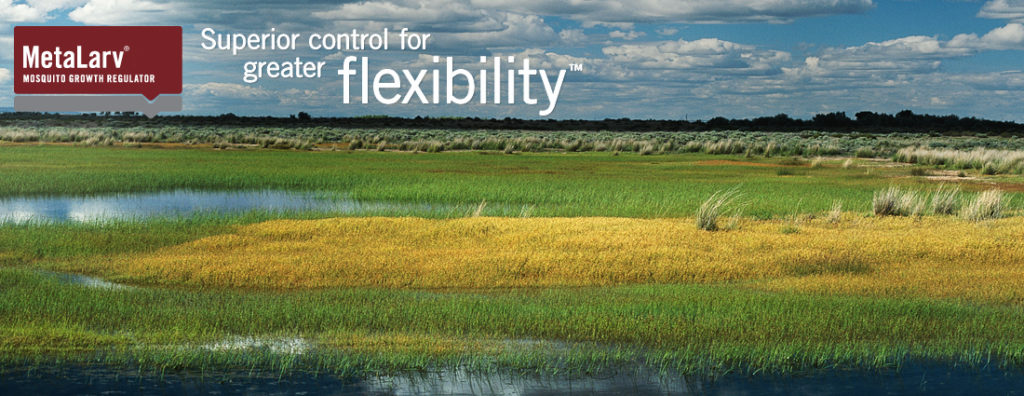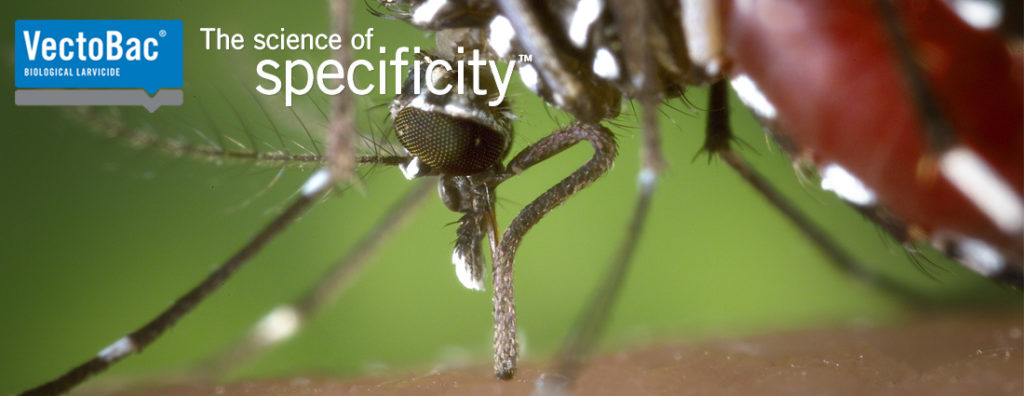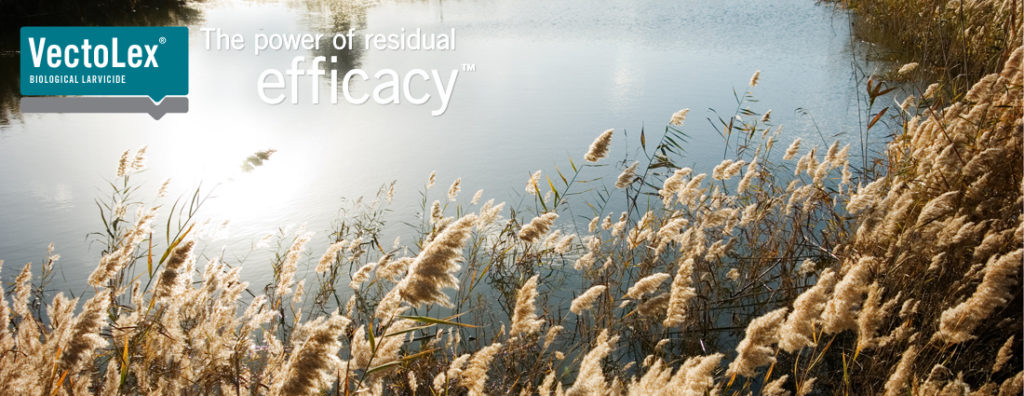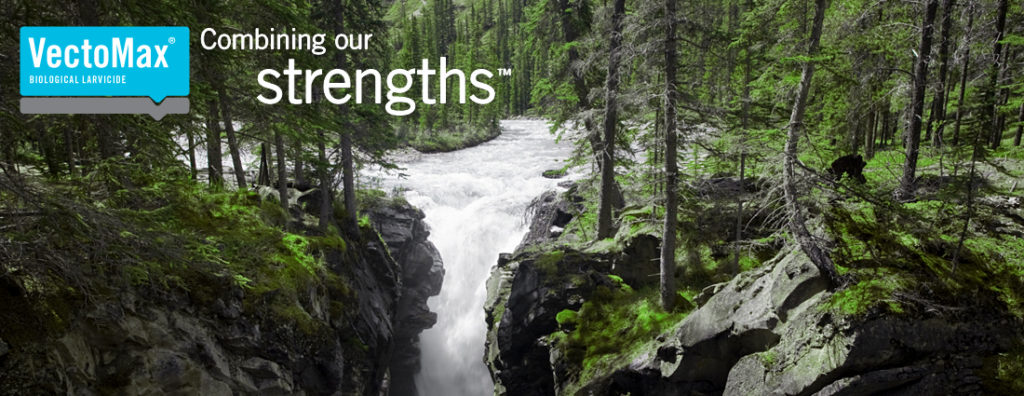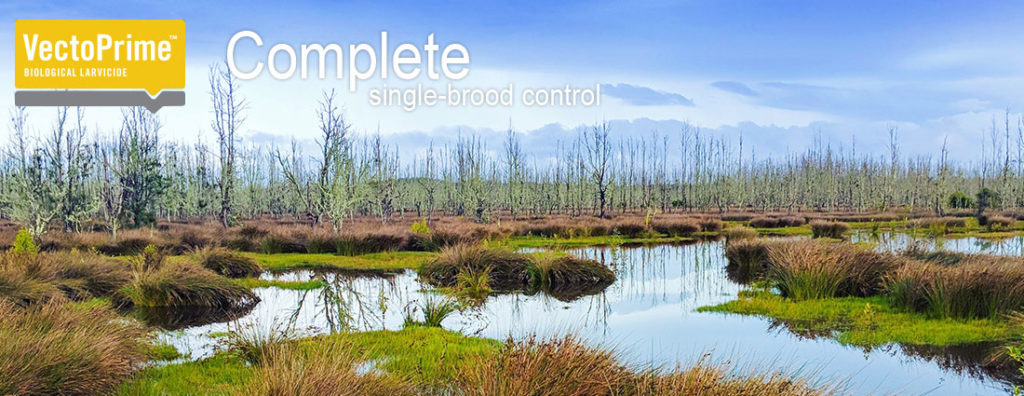West Nile Virus is Heating Up

Quick Links
Contact a Valent BioSciences public health representative.
Contact Us
West Nile virus (WNV) is heating up in many parts of the country. CDC stated that as of July 9, 2019, a total of 26 states have reported WNV infections (people, birds, or mosquitoes) in 2019. Overall, 39 cases of West Nile virus disease in people have been reported to CDC. While still early in the year for peak WNV cases (see below CDC map 2003-2018), there are numerous discussions within the mosquito control industry regarding WNV case projections for the year.
West Nile virus disease cases reported to CDC by week of illness onset, 1999-2018
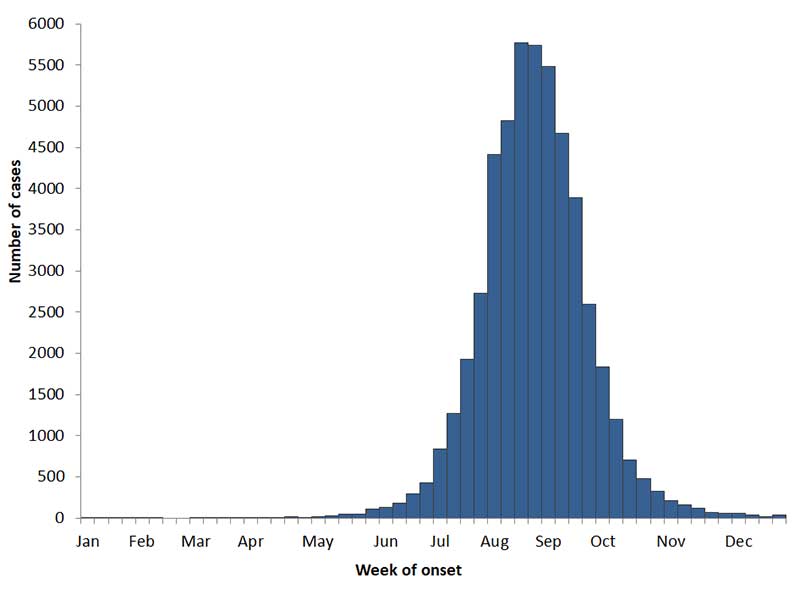
Source: ArboNET, Arboviral Diseases Branch, Centers for Disease Control and Prevention
For example, The New Jersey Department of Health Commissioners stated in a tweet July 2nd that “today we reported the first West Nile Virus case of the year, the earliest ever in NJ’s mosquito season.” Other cases have been reported throughout the US since that time.
We're announcing our 1st confirmed human case of #WestNileVirus in a @hunterdonctynj man in his 70s. This is the earliest case of #WNV to be detected in NJ.
— NJDOH (@NJDeptofHealth) July 2, 2019
More: https://t.co/aR3gzgo3nS#FightTheBiteNJ pic.twitter.com/LagkF0ZpL1
First West Nile Virus death of the season reported in Maricopa County, Community Urged to ‘Fight the Bite’
— Public Health (@Maricopahealth) July 11, 2019
More details: https://t.co/1nlphvr108#FightTheBite #WNV pic.twitter.com/6c7dXovX7b
Salton Sea man dies from West Nile virus. Death was first in California this year from virus https://t.co/rhy8prTM6i #WNV #WestNile #MosquitoControl #FightTheBite pic.twitter.com/K5B9VTSxjJ
— MVCAC (@MVCAC1) July 15, 2019
This comes on the heels of 2018, where 61 people were infected by West Nile virus in New Jersey, marking the highest number of cases ever reported in the state, according to a department of health report.
WNV Migration and Catch Basins
Shortly after WNV was first introduced into the US in 1999, Culex mosquito larvae, the common vector for WNV, were effectively being controlled using the biorational larvicide VectoLex®, which contains the bacterial active ingredient Bacillus sphaericus, strain ABTS-1743, the industry’s most target-specific, environmentally compatible mosquito larvicide for residual control of WNV vectors.

With the rapid migration of WNV across the US in the early 2000s and the ubiquitous nature of catch basins (key habitat for WNV vectors), there was a need for more advanced, biorational solutions for mosquito abatement professionals.
Water Soluble Pouches: Developed “by Request”
The water-soluble pouch concept was developed as a public-private partnership with mosquito control professionals. The ramp up of WNV resulted in Mosquito Abatement Districts (MAD) pushing for development of a formulation that could 1) be easily applied to catch basins and malleable/slips through tight spots (e.g. catch basin grates) and 2) would release product/activity from water surface so more product is available in the basin versus getting bound up in debris or sludge at the bottom (e.g. briquette or tablet formulations). For this purpose, VBC introduced the VectoLex WSP (water soluble pouch) formulation in 2001. Since then, the popularity of this product has launched additional WSP formulations from other companies for both professional and consumer use.
Longer Residual | Sustainability:
Saving Money and Advancing Efficacy within your Residual Catch Basin Program
In parallel to VBC’s WSP development, VBC patented and developed BioFuse™ technology, a proprietary process that combines, at an optimized ratio, Bacillus sphaericus, strain ABTS-1743 and Bacillus thuringiensis subsp. israelensis, strain AM65-52 into a single micro particle.
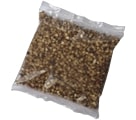
The mosquito larvae get a dose of this carefully selected ratio of both toxins when VectoMax WSP particles are ingested. Delivering up to 56 days residual control, the BioFuse advancement provided MADs extended residual with a biorational in catch basins relative to VectoLex WSP and other 30-day catch basin control options, reducing costs per catch basin per day protected while still offering the application flexibility and immediate control of the WSP option.
Furthermore, research conducted by the University of California Riverside and West Valley Mosquito and Vector Control District over the last 15 years, demonstrated that by combining Bti and Bs microparticles w/ BioFuse technology, VectoMax could serve as a resistant management tool by both preventing AND REVERTING B. sphaericus resistant Culex populations back to a susceptible state thus providing MADs with a sustainable option to help fight against WNV vectors.
Valent BioSciences – Advances in Biorational Formulation Technology
Today, in partnership with Adapco, VBC’s strategic partner and exclusive distributor for the US, VBC continues to develop new, state-of-the-art, habitat specific formulations for the control of various mosquito disease vectors. With WNV now endemic in the US, it’s critical that as an industry we continue to be vigilant and collaborate within public-private partnerships to stay ahead of the game. VBC advancements in biorational formulation technology have not only contributed to WNV management but across a range of mosquito species/habitat issues faced by mosquito abatement programs in the US and around the world.
To learn more about what VBC can do to help your public health program, please visit our website at www.valentbiosciences.com/publichealth or our industry site at www.publichealthlandscape.com.
